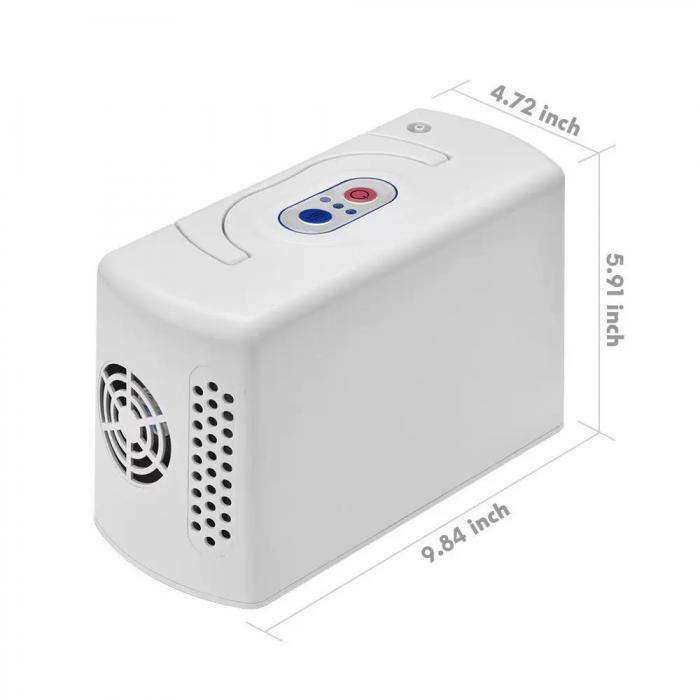| Name: | Suction Apparatus |
|---|---|
| Model No.: | BES-SM05 |
| Product Name: | Suction Apparatus |
| Brand: | BESCO |
| MOQ: | 50 units |
| LEAD TIME: | 30 days |
| Sample: | Available |
| Price: | US69 |
| Payment Term: | T/T in advance |
| Country of Original: | China |
| Port: | Shanghai |
| Stock: | Available |
| Factory Address: | Changyuan,China |
| Office: | Zhengzhou,China |
Products Description
Portable Suction Machines
Specifications:
| Voltage: AC220V±10%, 50Hz±2% or AC110V±10%, 60Hz±2% |
| Noise: ≤65dB |
| Max negative pressure value: ≥0.075MPa |
| Pumping rate: 15L/min |
| Jug volume: 1000 ml |
| Continuous Working Time: 0-30 min |
| N.W/G.W: 5/ 6 KGS |
| Packing Dim:: 345*260*285 mm |
| 1pcs/ carton |
A suction apparatus is a medical device, also known as a suction machine or aspirator, used to remove fluids, secretions, or other materials like mucus, blood, or saliva from a patient's body, especially the airway. It works by creating a vacuum that generates negative pressure, drawing unwanted substances through a tube or catheter into a collection canister. Suction apparatuses are crucial for various medical applications, from emergency care and hospitals to home use, helping to maintain open airways and manage blockages.
How it Works
Creates a Vacuum: The core principle is generating negative pressure to create a vacuum.
Components: It typically includes a pump to create the vacuum, tubing to conduct the suction, a collection canister to hold the removed fluids, and specialized attachments or catheters for insertion into the patient's body.
Function: The vacuum pulls fluids or debris from the patient through the catheter and into the collection canister.
Common Uses
Airway Management:
To clear mucus, saliva, blood, and vomit from the mouth, throat, and lungs to ensure a clear airway.
Surgical Procedures:
To remove blood or fluids during operations.
Emergency Care:
In ambulances and hospitals to stabilize patients by clearing obstructions and maintaining breathing.
Home Care:
Portable units are used at home for patients who are unable to clear their own secretions.
Types
Suction apparatuses come in various forms to meet different needs:
Manual Aspirators: Operated by hand.
Stationary Units: Larger, powerful machines typically found in hospitals.
Portable Units: Smaller, battery-powered devices for use in pre-hospital and home settings



